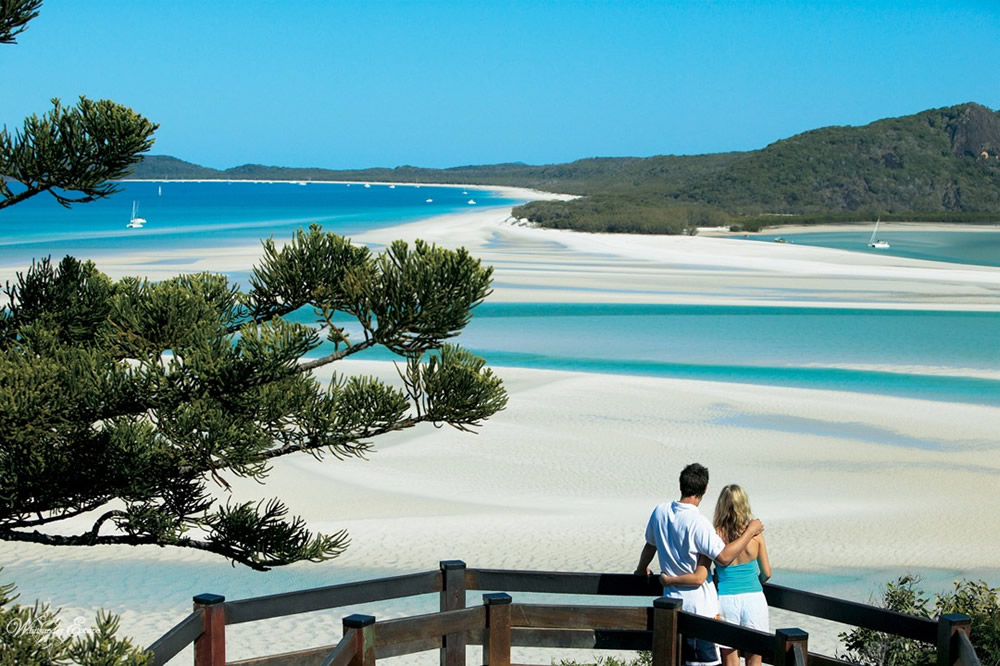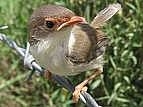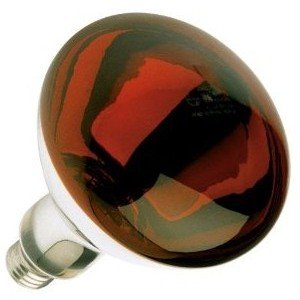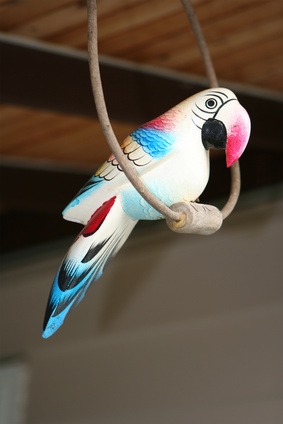
The red-breasted goose (Branta ruficollis) has a limited breeding range in a relatively small area of northern Siberia and it winters in eastern Bulgaria and Romania. The photo was taken by me at the London Wetland Centre where a number of these attractive birds can be seen in semi-captivity. The red-breasted goose is the rarest European goose so the London population is important for the preservation of this endangered species.
Appearance
The sexes are similar in overall appearance. The face, crown, throat and back of the neck are black but with an oval white patch between the eye and the bill. There is a chestnut patch, bordered by white, on each side of the head.
The breast is chestnut-red, with a narrow white stripe around the lower breast. The upperparts and flanks are black as is the tail and the upperparts forward of the legs. The rump and other underparts are white as are the wing coverts that show through the black feathers when the bird is at rest. The legs, feet and bill are black. The bill is small and delicate.
The red-breasted goose is the smallest European goose, measuring 53-55 centimetres (21-22 inches) long.

Breeding
Red-breasted geese breed from early June. Nests are built on banks or low cliffs that afford cover in the form of vegetation. They often nest alongside other species such as peregrines, snowy owls and buzzards. They can clearly trust these birds not to predate their eggs and young, which cannot be said for gulls, skuas and arctic foxes. They therefore appear to be relying on the former species to protect them from the latter.
Three to eight eggs are laid, these being incubated by the female alone for about 25 days.
Threats to Red-Breasted Goose Populations
Numbers of red-breasted geese in the wild have undergone considerable fluctuations since the mid-20th century. One cause for their decline has been the use of pesticides that have affected peregrine populations in their breeding areas, this having a knock-on effect on their own ability to raise broods (see above).
Another problem has been changes in land use in their wintering grounds, such as desalination of lagoons in the area of the Danube delta.
There has also been disturbance by humans, both in their breeding and wintering areas.
The total population of the species is estimated as being below 38,000, which places it in the Endangered category on the IUCN (International Union for Conservation of Nature) red list.
 Parrots of Australia
Australian ParrotsThe Easter
Parrots of Australia
Australian ParrotsThe Easter
 Exploretrip Partners With Take Trips Guard To Deliver Travel Insurance
Any most famous elegance in the metropolitan area is none
Exploretrip Partners With Take Trips Guard To Deliver Travel Insurance
Any most famous elegance in the metropolitan area is none
 How to Make Squirrel Proof Bird Food Seed
How to Make Squirrel Proof Bird Food Seed
How to Make Squirrel Proof Bird Food Seed
How to Make Squirrel Proof Bird Food Seed
 How to Hatch Abandoned Poultry Eggs
Abandoned EggsAn emergency method of hatching them
How to Hatch Abandoned Poultry Eggs
Abandoned EggsAn emergency method of hatching them
 Homemade Bird Perches From Tree Branches
Homemade Bird Perches From Tree Branches
Homemade Bird Perches From Tree Branches
Homemade Bird Perches From Tree Branches
Copyright © 2005-2016 Pet Information All Rights Reserved
Contact us: www162date@outlook.com